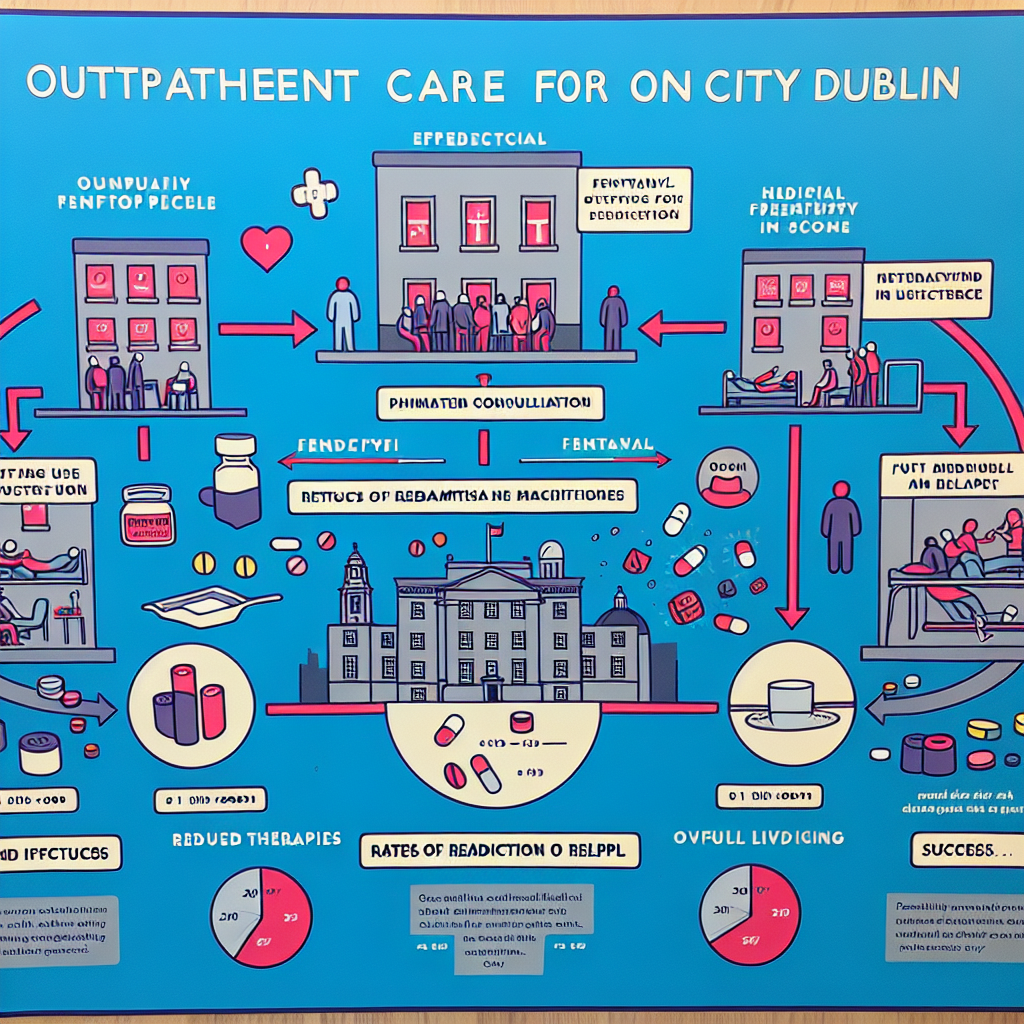-
Table of Contents

“Find Peace Within: Mindfulness Practices for Fentanyl Recovery”
Introduction
Mindfulness practices have emerged as a powerful tool in the recovery process for individuals battling fentanyl addiction. These practices, which include techniques such as meditation, deep breathing exercises, and mindful movement, help individuals cultivate a heightened awareness of their thoughts, emotions, and physical sensations. By fostering a non-judgmental and present-focused mindset, mindfulness can aid in managing cravings, reducing stress, and improving emotional regulation. This holistic approach not only supports the physical aspects of recovery but also addresses the psychological and emotional challenges, promoting overall well-being and resilience in the journey towards sobriety.
Mindfulness Meditation Techniques for Overcoming Fentanyl Addiction
Mindfulness meditation has emerged as a powerful tool for those recovering from fentanyl addiction, offering a pathway to healing that complements traditional treatment methods. This practice, rooted in ancient traditions, focuses on cultivating a present-moment awareness that can be particularly beneficial for individuals grappling with the intense cravings and emotional turmoil associated with addiction. By integrating mindfulness techniques into their recovery journey, individuals can develop a deeper understanding of their thoughts and emotions, ultimately fostering a sense of inner peace and resilience.
One of the foundational mindfulness practices is mindful breathing, which involves paying close attention to the breath as it flows in and out of the body. This simple yet profound technique can help individuals anchor themselves in the present moment, reducing the grip of anxiety and stress that often accompany withdrawal and recovery. By focusing on the breath, individuals can create a mental space where they can observe their cravings without being overwhelmed by them. This practice encourages a non-judgmental awareness, allowing individuals to acknowledge their cravings without succumbing to them, thereby gradually diminishing their power.
In addition to mindful breathing, body scan meditation is another effective technique for those recovering from fentanyl addiction. This practice involves systematically directing attention to different parts of the body, noticing any sensations, tension, or discomfort. By doing so, individuals can develop a heightened awareness of their physical state, which can be particularly useful in identifying and managing the physical symptoms of withdrawal. The body scan meditation fosters a compassionate relationship with one’s own body, promoting self-care and reducing the likelihood of relapse.
Furthermore, loving-kindness meditation, also known as Metta meditation, can play a crucial role in the recovery process. This practice involves generating feelings of compassion and love towards oneself and others. For individuals recovering from addiction, this can be transformative, as it helps to counteract the negative self-perception and guilt that often accompany substance abuse. By regularly practicing loving-kindness meditation, individuals can cultivate a sense of self-worth and emotional well-being, which are essential components of a successful recovery.
Another valuable mindfulness technique is the practice of mindful walking. This involves paying close attention to the sensations of walking, such as the feeling of the feet touching the ground and the movement of the legs. Mindful walking can serve as a grounding exercise, helping individuals stay connected to the present moment and providing a healthy outlet for stress and anxiety. This practice can be particularly beneficial during moments of intense craving, offering a constructive way to cope with the urge to use fentanyl.
Moreover, incorporating mindfulness into daily activities can further support recovery. Simple tasks such as eating, washing dishes, or even brushing teeth can become opportunities for mindfulness practice. By fully engaging in these activities with a present-moment awareness, individuals can break the cycle of automatic behaviors and develop a greater sense of control over their actions. This heightened awareness can lead to more mindful decision-making, reducing the risk of relapse.
In conclusion, mindfulness meditation offers a holistic approach to overcoming fentanyl addiction, addressing both the mental and physical aspects of recovery. Through practices such as mindful breathing, body scan meditation, loving-kindness meditation, and mindful walking, individuals can cultivate a deeper awareness of their thoughts, emotions, and physical sensations. This awareness fosters a compassionate and non-judgmental attitude towards oneself, promoting healing and resilience. By integrating mindfulness into their daily lives, individuals can create a solid foundation for long-term recovery, empowering them to reclaim their lives from the grip of addiction.
Incorporating Mindfulness into Daily Routines for Fentanyl Recovery
Incorporating mindfulness into daily routines can be a transformative practice for those recovering from fentanyl addiction. This powerful approach not only aids in managing cravings but also fosters a deeper connection with oneself, promoting overall well-being. Mindfulness, the practice of being present and fully engaged in the moment, can be seamlessly integrated into various aspects of daily life, offering a beacon of hope and a path to recovery.
To begin with, starting the day with a mindful morning routine can set a positive tone. Simple practices such as deep breathing exercises or a short meditation session can help center the mind and body. By focusing on the breath and observing thoughts without judgment, individuals can cultivate a sense of calm and clarity. This practice can be particularly beneficial in reducing anxiety and stress, common triggers for relapse.
Transitioning into daily activities, mindfulness can be incorporated into mundane tasks such as eating, walking, or even cleaning. For instance, mindful eating involves savoring each bite, paying attention to the flavors, textures, and sensations. This not only enhances the eating experience but also promotes healthier eating habits. Similarly, mindful walking encourages individuals to focus on the rhythm of their steps, the feeling of the ground beneath their feet, and the surrounding environment. These practices help anchor the mind in the present moment, reducing the tendency to ruminate on past regrets or future worries.
Moreover, mindfulness can be a valuable tool in managing cravings and emotional triggers. When a craving arises, instead of reacting impulsively, individuals can practice mindful observation. This involves acknowledging the craving without judgment, understanding its transient nature, and allowing it to pass. Techniques such as the “urge surfing” method, where one rides the wave of craving without giving in, can be particularly effective. By observing the craving as a temporary sensation, individuals can gain control over their responses, reducing the likelihood of relapse.
In addition to these practices, incorporating mindfulness into social interactions can enhance relationships and provide emotional support. Active listening, a key component of mindful communication, involves fully focusing on the speaker, understanding their message, and responding thoughtfully. This practice fosters deeper connections and empathy, creating a supportive network essential for recovery. Furthermore, engaging in group mindfulness activities, such as yoga or meditation classes, can provide a sense of community and shared purpose, reinforcing the commitment to sobriety.
As the day winds down, a mindful evening routine can promote restful sleep and reflection. Practices such as journaling or a gratitude exercise can help individuals process their experiences and emotions. Writing down thoughts and feelings allows for self-expression and insight, while reflecting on positive aspects of the day fosters a sense of gratitude and contentment. Additionally, a short meditation session before bed can calm the mind, preparing it for restful sleep.
In conclusion, incorporating mindfulness into daily routines offers a holistic approach to recovering from fentanyl addiction. By fostering presence, self-awareness, and emotional regulation, mindfulness empowers individuals to navigate the challenges of recovery with resilience and grace. Each mindful moment becomes a step towards healing, creating a foundation for a healthier, more fulfilling life. Through consistent practice, mindfulness can transform the recovery journey, providing hope and inspiration for a brighter future.
Q&A
1. **Question:** How can mindfulness practices aid in the recovery process from fentanyl addiction?
**Answer:** Mindfulness practices can help individuals recovering from fentanyl addiction by reducing stress, improving emotional regulation, and decreasing cravings. Techniques such as meditation, deep breathing exercises, and mindful movement can enhance self-awareness and promote a sense of calm, which can be crucial for managing withdrawal symptoms and preventing relapse.
2. **Question:** What specific mindfulness techniques are recommended for individuals recovering from fentanyl addiction?
**Answer:** Recommended mindfulness techniques for individuals recovering from fentanyl addiction include mindfulness meditation, body scan exercises, mindful breathing, and yoga. These practices can help individuals stay present, manage pain, and develop healthier coping mechanisms.
Conclusion
Mindfulness practices can play a crucial role in the recovery process from fentanyl addiction by helping individuals manage cravings, reduce stress, and improve emotional regulation. Techniques such as meditation, deep breathing exercises, and mindful movement can enhance self-awareness and promote a sense of calm, which are essential for overcoming addiction. By fostering a non-judgmental awareness of the present moment, mindfulness can aid in breaking the cycle of addiction and support long-term recovery and well-being.



